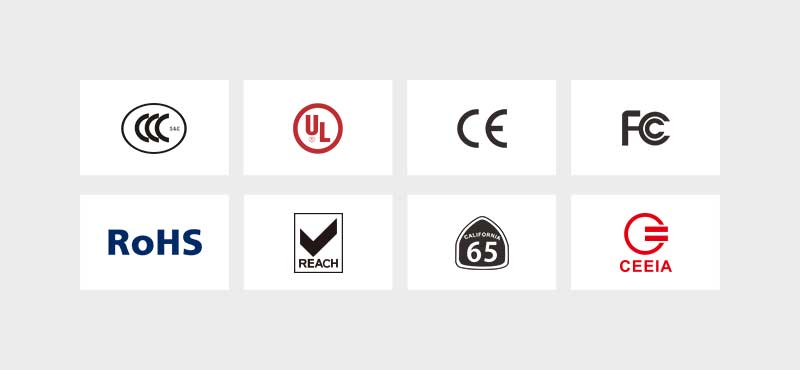With the prosperity of commodity economy and increasingly fierce market competition, the quality of corrugated carton packaging and printing has been increasingly valued by commodity producers and consumers. To enhance the competitiveness of products and improve the packaging quality of products, many corrugated cartons began Use dot pattern to highlight products and enrich the layout.
In the packaging design, if the expression of the graphics and visual impact is strong, it is very easy to attract people's attention. At the same time, it is difficult to counterfeit with the graphics printed at the dot, and the anti-counterfeiting performance is good, with rich sense of hierarchy and three-dimensionality, which makes people enjoyable. In order to get high-quality dot effect, we must first work hard on the design draft. Dots are the basic units in which prints can reflect the changes in the level of publishing, the shades of color, and the nature of demarcation. In printing, they play a role in determining the color, level, and outline of prints. The degree of shade of printed graphics is represented by the size of the dot. The larger the dot number, the thicker the graphic printing ink, and vice versa. For corrugated box printing, the dots are too dense to easily cause stencil printing; if the dots are too thin, the details of the graphics will be lost, which will affect the graphics effect. Therefore, the accuracy must be grasped during production. The graphics are divided into vector and bitmaps, and their dot processing methods are different.
Vector network processing method
For vector graphics, it is necessary to control the gray level and reflect the level of the image through the change of gray level. The size of the gray scale determines the size of the dot and the thickness. When the vector graphic is used to output film sheets for printing, the number of output screen lines also determines the number of graphic network points. The larger the number of network lines, the greater the number of network points, and the number of screen lines must be selected when outputting. Only the combination of the vector graphics grayscale and the output line number can be satisfied with the dot effect.
Bitmap image dot processing method
The basic processing method of bitmap image
PhotoShop is a widely used image processing software. For bitmaps, after scanning the image, the most basic processing method is to first remove the dots, perform Filter-->Noise--->Despeckle in PhotoShop, and then sharpen Filter---> Shaper--->unsharp maskî—¤ Sharpen î—¥, and then adjust the overall image contrast, perform Image--->Adjust--->levels, the usual practice is to pull the left triangle to the middle.
Create an image of the desired site
After the scanned image is processed, select show paths from the windows, use the pen tool to draw the path to the halftone image part to be created, save the path and name, and then cut the clipping path. , Save the image as (Photoshop) EPS format, you can place in the graphics software such as Freehand, Pagemake use the desired image part.
Bitmap dot formation
First convert the processed image to grayscale mode, perform Image -> mode -> Grayscale, then convert to bitmap mode, enter bitmap dialogue In the box, the output (output line number) data in the resolution is generally the same as the input (input line number) data, and then the half-screen is selected from the mothod (method), and the half-screen is entered after confirmation. Box, according to customer needs can choose Round (Round), Diamond (Diamond), Ellipse (Oval), Line (Line), Square (Square), Cross (cross line) six kinds of network effects, should try to use edge perimeter The shortest, the largest content of circular outlets, in order to reduce the dot gain rate in printing. The selected mesh arrangement angle (angle) must avoid the arrangement angle of the anilox roller, and the size of the mesh dot is adjusted by the parameter in Frequency to obtain a dot pattern suitable for printing conditions. The formed dot pattern can be printed out in advance at a ratio of 1:1 to view the effect of the dot in order to make adjustments or deliver customer confirmation.
Making of a dot printing resin plate
After the design draft is output as a film, it can be plated. The photosensitive resin plate used for making dot pattern requires higher hardness, and 45o to 50o Shore A is suitable, and the material has low elasticity and slow denaturation and recovery to ensure better dot pattern. Reproducibility.
Author: Li Yutian
Reprinted from: Packaging World

